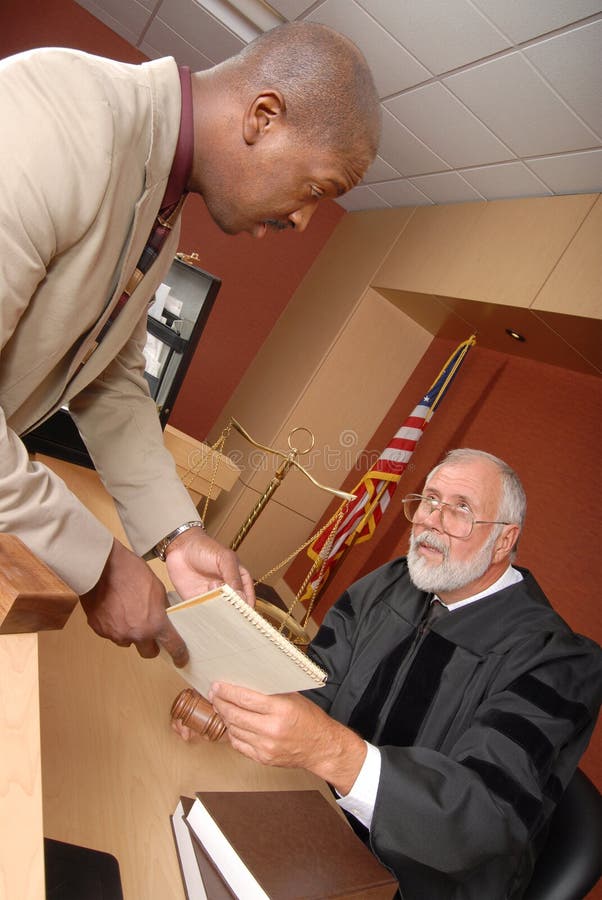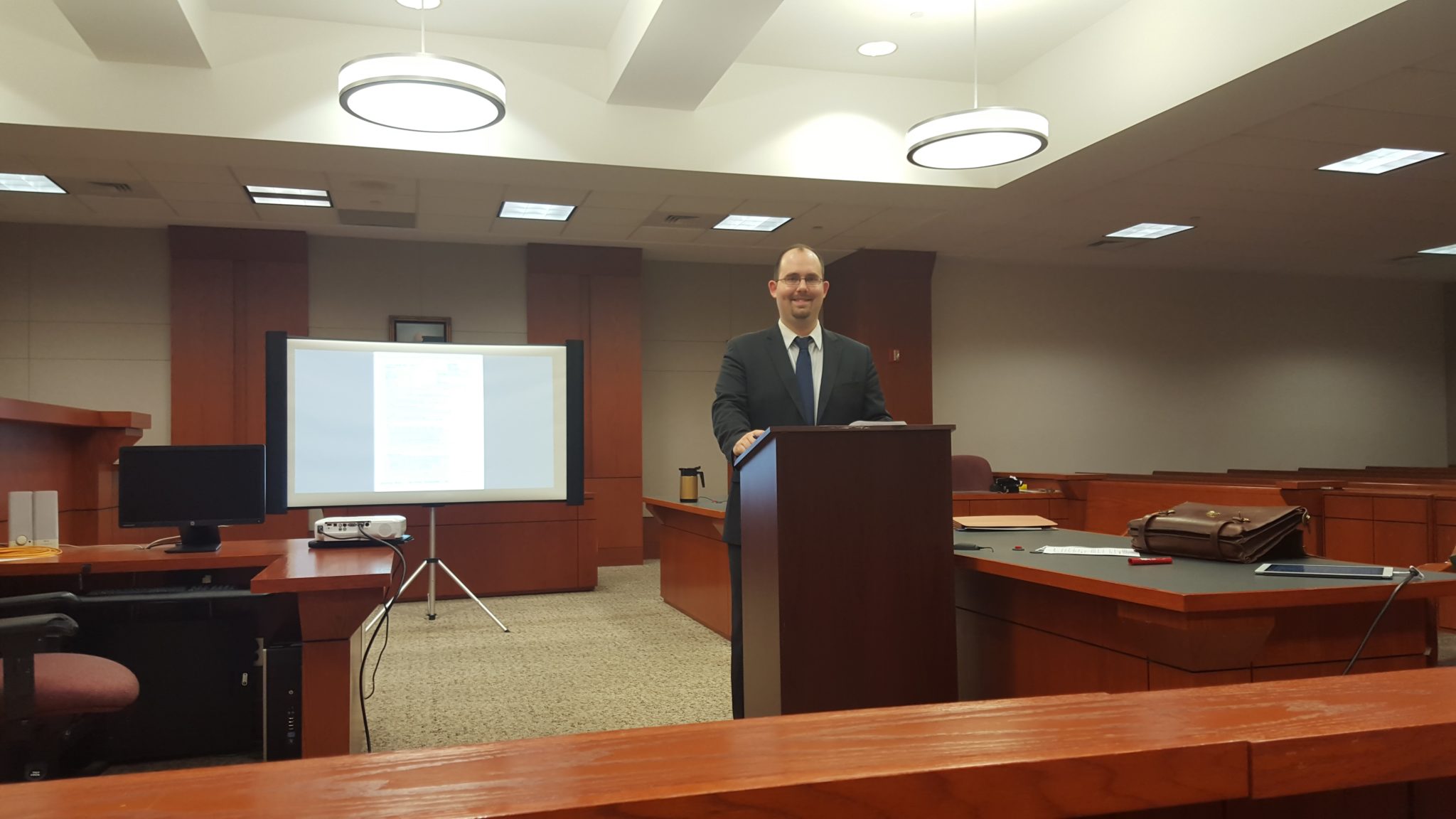Navigating the Complexities of Test Presentations: Tips for Seamless Shipment and Compelling Debates
In the realm of legal procedures, the art of test presentation stands as an important component of success. The intricacies inherent in test presentations require a delicate balance of technique, finesse, and skill.

Understanding Trial Objectives
To successfully browse a test, it is crucial to have a clear understanding of the goals that need to be accomplished. Prior to tipping right into the court room, legal teams must define their goals and preferred results. These goals offer as assisting concepts throughout the test, forming approaches and affecting decision-making procedures.
Recognizing test purposes entails a thorough evaluation of the instance, lawful criteria, and the customer's ideal passions. Trial Presentations. It needs a careful assessment of the truths, determining crucial problems, and expecting prospective challenges. By setting quantifiable and certain goals, attorneys can tailor their debates and discussions to align with the wanted outcomes
Additionally, a clear understanding of trial purposes makes it possible for lawful teams to focus on proof, witnesses, and legal arguments properly. It enables the advancement of a coherent story that reverberates with the judge and court, enhancing the overall case discussion.

Organizing Proof Successfully
Having a clear understanding of test objectives lays the structure for organizing proof efficiently in lawful procedures. By aligning the discussion of evidence with the wanted outcomes of the test, legal groups can reinforce their disagreements and boost their persuasiveness.
One more trick aspect in arranging evidence successfully is establishing a rational circulation. Providing proof in a coherent and consecutive fashion can help develop an engaging narrative that supports the lawful arguments being made. Furthermore, making use of visual aids such as graphes, timelines, or charts can further enhance the company of evidence and help in making clear complex connections or series of occasions.
Furthermore, guaranteeing that all proof offered is admissible and appropriate to the case is vital. Pointless or inadmissible evidence can diminish the strength of the disagreement and possibly hurt the reputation of today party. A meticulous testimonial and option procedure need to be embarked on to consist of only the most impactful and legitimately sound evidence in the trial discussion.
Crafting Influential Narratives
Crafting compelling narratives plays a crucial role in providing influential disagreements throughout legal process. When constructing a story for a test discussion, it is essential to develop a clear story that highlights key points and links them in a coherent way. By weaving with each other proof, testimony, and legal arguments right into try this site a cohesive and persuasive narrative, legal experts can successfully promote for their customers and raise the probability of a favorable result in the court room.
Understanding Visual Aids
Reliable use aesthetic help is vital to boosting the influence and quality of trial discussions. Visual help, when utilized purposefully, have the power to streamline complex details, reinforce bottom lines, and leave a lasting impression on the court and court. To grasp visual aids in test presentations, it is essential to make certain that they are clear, concise, and appropriate to the debates being made.
When incorporating aesthetic aids, such as charts, charts, timelines, or pictures, into a test discussion, it is necessary to maintain them aesthetically appealing yet expert. The visuals need to match the spoken debates, offering a graph of the info being discussed without overwhelming the audience with unnecessary details.
Furthermore, practicing with the visual aids beforehand is important to ensure a smooth shipment throughout the trial. Acquainting oneself with the material, transitions, and timings of each visual aid can help keep the flow of the presentation and protect against technological glitches that might develop.
Delivering Impactful Closing Disagreements
An engaging closing argument acts as the culmination of a trial presentation, enveloping the core story and persuading the discretionary towards a positive decision. To provide an impactful closing debate, it is important to succinctly wrap up bottom lines, highlight the strengths of your instance, and resolve any weaknesses in a critical fashion. Begin by read what he said outlining the primary arguments that support your client's position, stressing why the evidence provided throughout the test sustains your narrative. It is important to create a sense of cohesion and quality, guiding the site link discretionary in the direction of the desired verdict.
Moreover, incorporating psychological charm can better enhance your closing debate. By connecting and humanizing the instance on a personal level with the decision-makers, you can evoke compassion and understanding, influencing their understanding of the facts offered. Additionally, repeating the legal criteria that must be satisfied for a positive judgment can strengthen the validity of your placement. Ultimately, a well-crafted closing argument need to leave an enduring impression, engaging the discretionary to rule in your customer's support.
Conclusion
To conclude, grasping trial presentations entails comprehending purposes, arranging proof, crafting narratives, making use of visual help, and supplying impactful closing arguments. By executing these methods effectively, lawyers can provide their instance effortlessly and make compelling arguments in the courtroom. It is critical to navigate the complexities of trial presentations with accuracy and ability to achieve success in legal process.
By aligning the presentation of evidence with the wanted end results of the test, legal teams can strengthen their disagreements and boost their persuasiveness (Trial Presentations). To master aesthetic aids in test presentations, it is important to make sure that they are clear, concise, and appropriate to the arguments being made
A compelling closing argument offers as the conclusion of a test discussion, enveloping the core story and encouraging the judge and jury towards a desirable decision. Begin by detailing the main debates that support your customer's position, stressing why the proof provided throughout the trial supports your narrative.In final thought, grasping test presentations includes understanding goals, organizing evidence, crafting stories, making use of aesthetic aids, and delivering impactful closing disagreements.